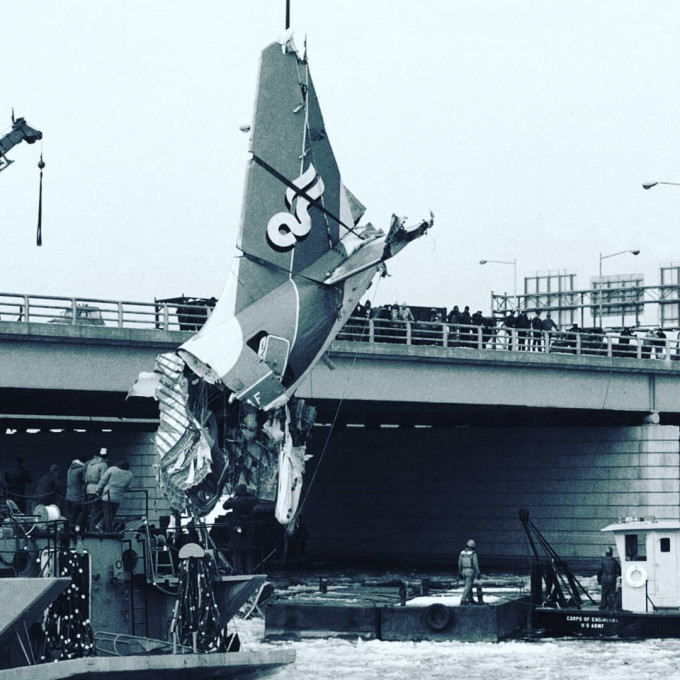5.3 Team Based Human Factors Challenges
Team-Based Human Factors
Human factors, relating to the aviation industry, are human conditions that contribute to accidents and incidents correlating to aircraft. Human factors can range from physical, emotional, and even mental elements in one's life. Because human factors are more probable, 60%-80%, to cause aviation accidents than that of any mechanical failure, it is important to understand exactly how that is and how that can be reduced (Aurino, 2010). There are several disciplines that make up human factors such as; educational, clinical, experimental, and organizational psychology, anthropometrics, computer, medical, and cognitive science, and safety engineering. By recognizing these disciples in understanding human factors, there is hope to take action before anything happens. (FAA, 2016). 
Crew Resource Management or CRM, is a process that is used by the aircraft crew members to identify current and potential threats then develop plans in order to convey and execute those plans to avoid such threats. According to the Federal Aviation Administration or FAA, Crew Resource Management training focuses on situation awareness, teamwork, decision making, communication skills, and task allocation. When putting all these elements into not just a specific aviation role but every one of them, can decrease human factors of an individual by putting less pressure on them but rather promoting employees to work together to avoid errors and accidents to happen.

On January 13, 1982, Air Florida 90 was set to take off from Washington National Airport when a disaster happened. Washington D.C was experiencing extreme snowfall on this day, which caused the airport to be temporarily closed, however, the captain of flight 90 was set to depart as soon as possible. The captain used reverse thrust in an attempt to push the aircraft from the gate, this caused a large amount of debris from the storm to get sucked into the aircraft engine. Once queued for takeoff, the pilot tried to use the hot exhaust of the plane in front of them to try and remove ice on the aircraft's wings rather than using an anti-ice system. Finally, during take-off, the first officer tried to inform the captain of the engine pressure ratio reaching its limit. The captain, being extremely cocky, ignored the co-pilot's concern and told him everything was fine. This resulted in the flight crashing into the 14th Street Bridge moments after. The National Transportation Safety Board reported that pilot error was the cause of the crash (Mann, 2022). It is especially crucial for crew members to listen and communicate with one another. Because the crew had little experience in deicing and flying in snowy weather, it is also important to acknowledge and implement a plan instead of just going into this dangerous situation. Human factors can cause a lot of damage in the aviation industry, it is vital to be aware of these things and to take action as best as possible as we want to avoid as many incidents and accidents.

References:
What the Industry Needs. Ergonomics, 43 (7), 952-959. https://doi.org/10.1080/001401300409134
Federal Aviation Administration (FAA). (2016). Pilot’s Handbook of Aeronautical Knowledge
(PHAK), Chapter 14.
Mann, R. (2022). The Cascade of Negligence that Led to the 1982 Air Florida Flight 90 Crash.
The Weather Network.
Comments
Post a Comment